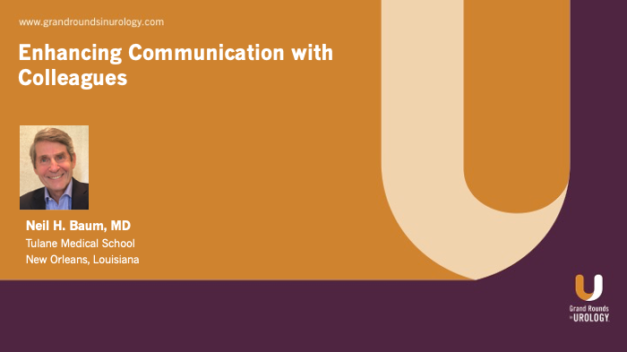Enhancing Communication with Physician Colleagues
discusses effectively communicating with colleagues through patient referral letters. He observes that promptly reporting back to the referring physician is the second most common reason why a physician will receive referrals in the first place. Equally important to swift response is sending clear referral letters that provide the physician with valuable information. Dr. Baum contends that the traditional referral letter is typically too long, slow to arrive, and can be expensive for transcription. Similarly, an electronic copy of patient’s electronic medical record can require too much time to review. Instead, an effective referral letter contains three simple components: diagnosis, medications, and treatment plan recommended. Additionally, physicians should strive to turn around a referral letter before the patient returns to the referring physician for follow up. Dr. Baum offers tips on creating a template referral letter to simplify the process with either preprinted forms or through the patient’s electronic medical record.
Read More
